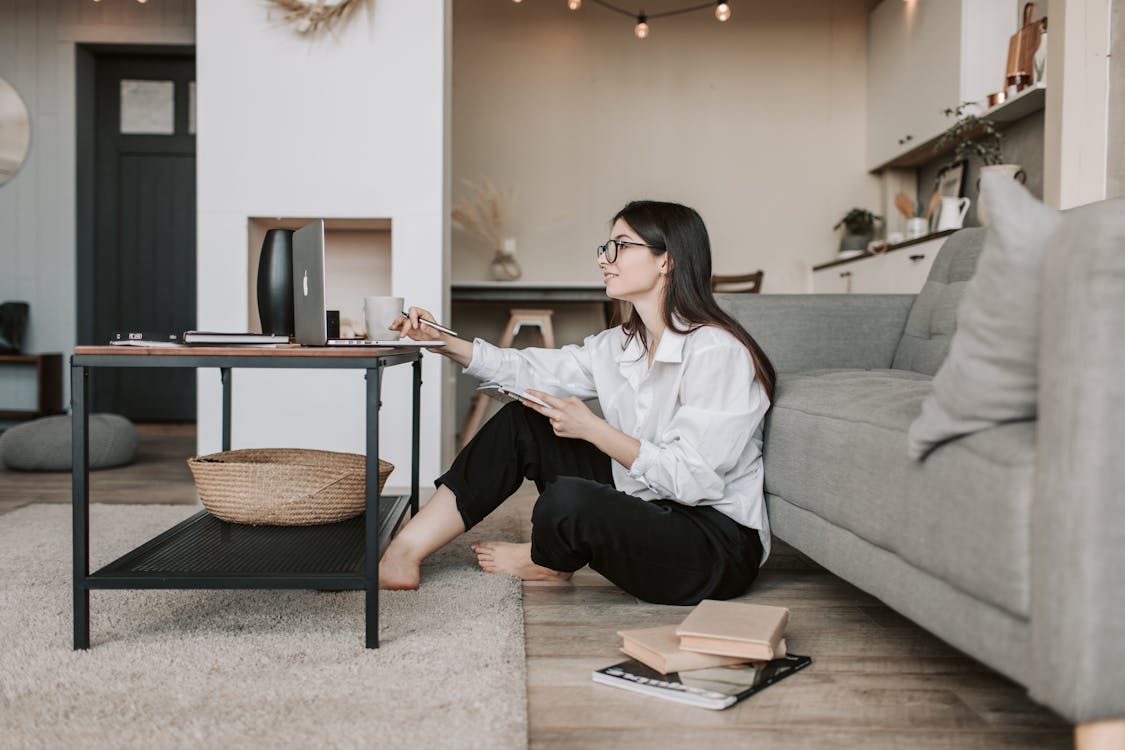
Living Big in Small Spaces: The Student Apartment Experience
University life often means welcoming the art of living wisely in smaller areas. Whether you're getting used to your first solo workshop or showing roomies in a cozy configuration, figuring out how to maximize every square foot can seriously elevate your comfort, performance, and total well-being. Student apartments today aren't just positions to sleep in between classes; they're home bases for research study marathons, social hangs, and some much-needed personal downtime.
Little areas included large capacity, and learning exactly how to optimize them can make a major distinction in just how efficiently your university year unravels. With some objective, imagination, and a little experimentation, you can transform even the tightest design into a useful and inviting place.
Finding Balance: Functionality Meets Personality
When you first stroll right into a smaller sized apartment, the empty canvas can feel both interesting and a little daunting. You may be wondering where every little thing will certainly go or how to stay clear of mess while still feeling at home. The vital lies in striking a balance between functionality and personality.
For students, that usually starts with zoning out the apartment or condo right into purposeful areas, even if they're simply corners. Your bed may be steps away from your workdesk, yet refined visual hints like rugs, illumination, or shelving can develop the illusion of separate zones. Adding your favored art prints, a color palette that relaxes or energizes you, and small items from home can additionally bring heat without using up extra space.
Storage Space That Doesn't Steal Square Footage
The solitary greatest challenge in small pupil homes is storage space. Textbooks, seasonal clothing, cleaning supplies, and cooking area equipment all require homes, however typical bulky furnishings isn't the solution. That's where multipurpose items been available in.
Believe beds with drawers beneath, footrests that function as containers, or desks with upright shelving. Every thing needs to draw dual responsibility when possible. As an example, a slim table can work as an eating room throughout dishes and a laptop computer station during study hours.
In studio apartments in Tempe, vertical space is commonly your buddy. From hooks on doors to floating racks and stackable storage space cubes, utilizing your walls successfully can stop the dreaded flooring sprawl that makes any type of tiny area really feel a lot more cramped.
Smart Layouts for Shared Living
If you're sharing with a flatmate, interaction enters into your space-saving strategy. In a two-bedroom apartment in Tempe, it's crucial to agree beforehand just how common spaces like the cooking area, living location, and restroom will work.
Divide up storage space areas, establish ground rules for usual areas, and take into consideration purchasing furnishings that promotes flow and visibility. Compact sectionals, retractable table, or modular bookshelves can help preserve a sense of visibility without compromising comfort.
It also helps to maintain design natural in common zones. Even if each flatmate has a special style in their individual room, a combined visual in the living-room can develop a feeling of tranquility and make the area really feel even more extensive.
Studying in vogue: Carving Out a Productive Nook
One of the most vital attributes of any trainee apartment or condo is an area that sustains focus. A specialized research study area, despite just how little, can train your mind to enter into work mode much faster. It doesn't have to be an actual workplace-- it could be a corner of the living-room, a part of your cooking area counter, or a fold-down wall workdesk.
Excellent illumination is key. If you do not have accessibility to all-natural light during research hours, utilize a daylight-tone LED lamp that maintains you alert. Border yourself with just the fundamentals: your laptop, a few study devices, and possibly a plant or mounted photo for inspiration.
Distraction-free zones are important, especially when staying in tighter quarters. Setting a regulation for "silent hours" or using noise-canceling earphones can develop a sense of splitting up from roomies or the bordering pressure.
Maximizing University Housing in Tempe
Staying in university housing in Tempe means you're already close to your classes, university resources, and fellow pupils. This integrated ease gives you the liberty to simplify your day-to-day routine. You can invest much less time commuting and more time appreciating your home, so why not maximize it to mirror your way of living and academic objectives?
Living near school often indicates that homes are made with pupils in mind. Smaller sized footprints encourage smarter living, and close-by facilities decrease the requirement for too much storage space. Possibly you don't require find more a massive kitchen arrangement if dining options are nearby. Probably you can avoid a huge home entertainment setup if usual lounges or group rooms are available in your structure.
Use what's around you to your benefit, and focus your energy on making your individual room comfortable and functional.
Small Apartment Living That Works for You
Student life is vibrant. Your needs alter throughout the semester, and your apartment should have the ability to bend with you. As your routine changes from midterms to finals to breaks, don't hesitate to reconfigure your area. Move furnishings, change out decor, or create short-term stations for brand-new habits or hobbies.
Residing in a small room while handling school, social life, and every little thing in between might appear challenging at first, but with the appropriate attitude, it can become a creative journey. These apartments are greater than just four wall surfaces-- they're a blank page awaiting your very own expression.
For more ideas, ideas, and updates customized to pupil living, make sure to follow this blog and check back typically for fresh handles making the most of your room.
Comments on “Tips for Maximizing Space in Student Apartments”